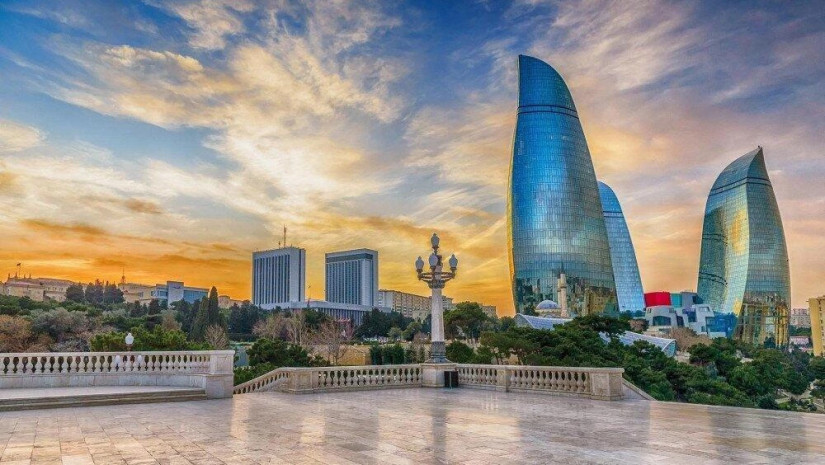In the first half of the year, the Azerbaijani economy grew by 6.2%, Report informs referring to the State Statistics Committee.
Moreover, economic growth was achieved in the current difficult conditions in the global economy. While the coronavirus pandemic that has gripped the world since late 2019 is easing, it is still ongoing and its impact on the global economy remains. Moreover, since the beginning of this year, Russia has been waging war with Ukraine, and this also has a negative impact on the global economy and on Azerbaijan as part of it. But, despite all the difficulties, Azerbaijan managed to grow the economy by more than 6% compared to the same period last year.
When considering the structure of economic growth, it is noteworthy that the growth rates of the non-oil sector sharply exceed those of the oil and gas sector.
So, over the past year, value added in the oil and gas sector of the economy increased by 0.2%, and in the non-oil sector - by 9.6%. This indicates that the country has achieved goals related to the development of agriculture, industry (related to the non-oil sector), tourism and the elimination of oil and gas dependence of the economy.
For the six months, the country produced gross domestic product (GDP) worth 63.364 billion manats ($37.308 billion), of which 33.773 billion manats ($19.885 billion) were in industry. Over the year, production increased by 0.6% in the oil and gas industry, and by 11.5% in the non-oil and gas industry. As can be seen, the growth rate of the oil and gas industry lags noticeably behind the growth rate of the non-oil and gas industry.
Significant progress was also made in other economic areas during the reporting period. So, the growth in value added amounted to 27% in the transport sector, 85.8% in the tourism and catering sector, and 14.2% in the information and communication sector.
It's common knowledge that one of the indicators reflecting the economic development of a country is its foreign trade turnover, especially exports. From January through June 2022, Azerbaijan conducted trade operations with foreign countries for $24.8 billion, which is 74.9% more than in the same period last year. Over the past six months, the foreign trade turnover accounted for $18.479 billion of exports and $6.357 billion of imports.
Over the past year, exports increased 2.1 times, and imports - by 17.9%. The difference between exports and imports in terms of value, as well as in growth rates, is obvious. As a result, a positive balance of $12.1 billion formed in foreign trade. This is 3.5 times more than in the annual comparison.
Another impressive fact is the growth of non-oil exports by more than 1% over the past 25 years. This means that the non-oil and gas products in Azerbaijan are intended not only to meet local demand. It is also sold outside the country.
In recent years, the Azerbaijani government has also been striving to reduce external public debt and not accumulate debt for future generations. While on July 1 last year the ratio of the country's external debt to GDP was 16.6%, on the same day this year it was 10.7%.
At present, Azerbaijan takes virtually no loans but repays the previously borrowed ones. In addition, as the country's economy develops and the gross domestic product grows, the ratio of external debt to GDP also decreases. Whereas in a number of developed countries the amount of external debt is twice as high as the GDP. This is while in Armenia, which has been in a conflict situation with Azerbaijan for many years, the ratio of external debt to GDP is about 50%.
The nominal income is also growing on par with the decline in the debt burden of the Azerbaijani population. This year, the country's population received an income of 33 billion manats ($19.432 billion), which is 19.9% more than in the same period last year. Given that the annual inflation in the country amounted to 12.9%, Azerbaijani citizens saw about 7% of growth in their income, Report informs.















